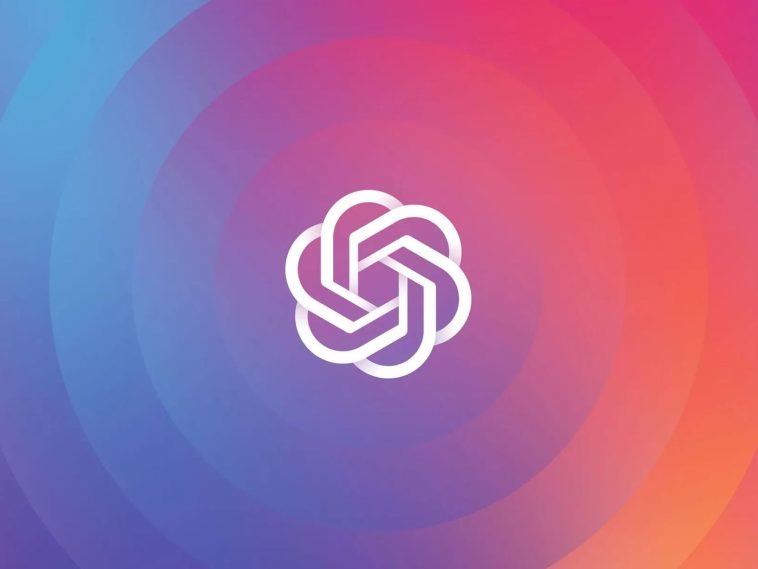Introduction.
Creating a website might sound technical and complex, but with the help of AI, especially tools like ChatGPT, it’s becoming surprisingly simple and accessible—even for beginners.
ChatGPT can guide users step-by-step in setting up a website without needing any prior coding experience.
Whether you’re looking to create a personal blog, a business site, or an online portfolio, ChatGPT can assist with everything from drafting content to generating code for web pages.
In this guide, I’ll cover how you can leverage ChatGPT to create a website from scratch. I’ll dive into the tools needed, the steps for designing and building, and the key elements you should focus on for a successful website.
I’ll also walk through some pros and cons of using ChatGPT and answer some common questions people have about this approach.
Let’s get started!
How Do I Create a Website Using ChatGPT?
1. Setting Up the Basics: Choosing a Platform and Domain.
First things first, you’ll need a place for your website to live on the internet. This involves choosing a hosting platform and a domain name.
ChatGPT can suggest popular platforms like WordPress, Wix, or Squarespace and explain the differences among them, helping you pick one that best suits your needs.
Getting Started with a Domain Name
Your domain name is your website’s address (like www.example.com). With ChatGPT, I can brainstorm ideas for domain names that fit the purpose of the site. Once you’ve found a domain that works, you can register it through providers like GoDaddy or Namecheap.
Choosing a Hosting Platform
Depending on your needs, ChatGPT can help narrow down the options. For example:
- For beginners: Website builders like Wix or Squarespace are user-friendly.
- For advanced users: Platforms like WordPress offer more flexibility.
Most platforms have free options, but for a professional look, I suggest investing in a paid plan that offers more features and a custom domain.
2. Designing the Layout and Structure.
The structure of your website—like the homepage, about page, contact page, and blog section—is key to how users will interact with it. ChatGPT can help draft a blueprint, suggesting which pages you need based on the site’s purpose.
Creating a Simple Layout
Here’s how ChatGPT might break it down:
- Homepage: The main page that introduces visitors to your website.
- About Page: A page where visitors can learn about you or your brand.
- Contact Page: This page provides ways for visitors to get in touch.
- Blog Section or Portfolio: If you’re planning to share articles or showcase work.
ChatGPT can help with more than just suggestions. I can ask it to write HTML or CSS code snippets to create a simple layout. For example, I might ask ChatGPT to generate code for a two-column layout for the homepage or a navigation bar with links to each section of the site.
3. Generating Content for the Website.
Once you have a structure, you’ll need content. This includes text for each page, blog posts, or product descriptions.
Writing Text Content
ChatGPT can generate various forms of content based on prompts, such as:
- Mission Statements: Describe the purpose and goals of your website.
- Product Descriptions: For e-commerce sites, ChatGPT can write concise and engaging descriptions.
- Blog Posts or Articles: If you have a blog section, ChatGPT can generate topic ideas or full blog posts.
Optimizing Content with SEO
A good website is easy to find online, which is where SEO (Search Engine Optimization) comes in. ChatGPT can explain basic SEO strategies, such as keyword optimization, meta descriptions, and image alt tags, to improve your site’s search ranking.
4. Adding Basic Functionality with Code Snippets.
For simple websites, HTML and CSS often suffice. ChatGPT can provide snippets for common website features, such as:
- Forms: Create contact or subscription forms to capture visitor information.
- Image Galleries: Add a gallery to display images in a visually appealing way.
- Navigation Bars: Set up a clean navigation structure for users to browse the site.
If you want to add interactive elements, ChatGPT can also help generate basic JavaScript code to add things like dropdown menus, sliders, or animations.
Pros and Cons of Using ChatGPT to Create a Website
Pros:
- Ease of Use: ChatGPT simplifies complex processes, making website creation accessible to beginners.
- Time-Saving: ChatGPT can generate code and content faster than starting from scratch.
- Customizable Content: Content can be tailored to different tones and styles.
- Affordable: Reduces the need to hire a web developer, lowering overall costs.
Cons:
- Limited to Simple Sites: For advanced functionality, a professional developer might still be necessary.
- Manual Editing Required: Content and code may need fine-tuning to ensure quality and coherence.
- SEO and Usability Issues: AI-generated websites may not automatically follow best practices in SEO or design, so further optimization might be needed.
FAQs About Using ChatGPT for Website Creation
Q1: Can ChatGPT build a website entirely on its own? A: ChatGPT can assist significantly, but for complex features or advanced designs, some manual coding or help from a developer might still be necessary.
Q2: Is it safe to use AI-generated code on my website? A: Yes, but I recommend reviewing the code for any potential issues, especially if it involves user data. ChatGPT’s code is generally safe but might require minor tweaks for performance and compatibility.
Q3: Can I use ChatGPT to add e-commerce features like a shopping cart? A: ChatGPT can help draft the code for simple features, but adding secure payment gateways and full e-commerce functionality might require a more robust solution or plugin, depending on the platform.
Q4: How do I ensure my ChatGPT-generated content is optimized for SEO? A: ChatGPT can offer SEO tips, but I suggest checking the content with an SEO tool like Ahrefs or Google Search Console to ensure it’s optimized for relevant keywords and has appropriate meta descriptions.
Q5: What if I need to update my website regularly? A: Content updates, such as blog posts or news, can be easily generated with ChatGPT. For structural or design changes, it may require additional coding.
Conclusion
Building a website with ChatGPT is surprisingly achievable for those who are new to web development.
While it may require a bit of learning and manual adjustments along the way, the accessibility and support it offers make it a powerful tool for starting your web project.
Ready to take the leap and create your website with AI, or are you considering other options?





GIPHY App Key not set. Please check settings